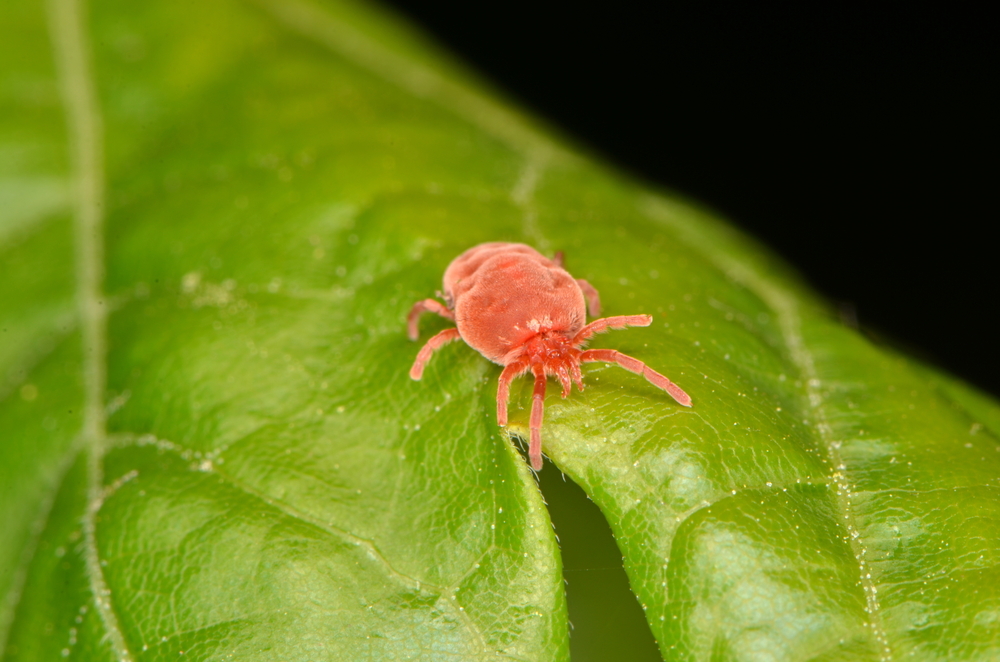Do you need help?

What is seasonal canine illness?
Seasonal canine illness (SCI) is a little-known condition that typically affects dogs in the autumn. Symptoms usually appear in dogs between one and three days after being walked in a wooded area.
This condition, also called canine seasonal disease, is fast acting and potentially fatal, with symptoms often becoming severe within a matter of hours.
What to do if your dog is showing signs of seasonal canine illness?
Seasonal canine illness is life-threatening. Untreated, it can quickly lead to dehydration and death. You should contact your vet, or out of hours your nearest Vets Now, straight away if your dog or puppy is showing signs of this illness – particularly if it’s within three days of them roaming in woodland.
How can I tell if my dog has seasonal canine illness?
The main symptom of canine seasonal disease is vomiting, although this is often accompanied by diarrhoea and lethargy. Dogs with SCI may also show signs of abdominal pain, fever and muscular tremors. Bear in mind that these are also typical symptoms of gastrointestinal upsets and other conditions so don’t be misled into thinking your dog has simply eaten something unpleasant.
What are the symptoms of seasonal canine illness?
The following symptoms are signs of seasonal canine illness:

What causes seasonal canine illness in dogs?
The cause of seasonal canine illness in dogs has been the subject of vigorous debate and research, but it remains unknown. Theories have ranged from allergic reactions to mushrooms, algae or agricultural chemicals to infections from harvest mites. The mushroom theory has now been discounted, although there are still concerns over harvest mites.
The reason for this is many of the dogs struck down by SCI have been infested with the tiny insects.

What are harvest mites?
Harvest mites are tiny orange insects found in long grass and dense foliage. In late summer and autumn, they like to climb up long grass and jump on passing mammals, including cats, dogs and rabbits.
Once on board, harvest mites feed for two to three days on a thin area of skin such as in front of the ears, at the base of the ear flap or between the toes (although they are sometimes also found on the tummy, armpits, chin and lips). They can cause dogs a considerable amount of discomfort. The naked eye can see harvest mites as orange dots.
How is seasonal canine illness in dogs diagnosed?
It can be difficult for vets to make a definitive diagnosis of seasonal canine illness. This is partly because so little is known about the condition and partly because the symptoms of the disease are so similar to many other conditions affecting dogs. If your dog is hospitalised, they may be given intravenous fluid therapy (placed on a drip) and prescribed anti-sickness medicine and, in rare cases, antimicrobials.
It’s likely your vet will also take steps to rule out other causes. This may involve carrying out tests including radiographs, ultrasound, haematology and biochemistry blood tests, and urine and/or faecal tests. If harvest mites are present, then your vet may also prescribe treatment to eliminate them.
How to prevent seasonal canine illness in dogs
The underlying cause of seasonal canine illness remains unknown, prevention advice is limited to being vigilant and using a lead during woodland walks, keeping your dog well hydrated, closely monitoring him for mites and raising awareness of SCI by telling others about the disease. If you’re concerned, contact your vet straight away or, if it’s out of hours, your nearest Vets Now pet emergency service.
What is the survival rate?
According to the Animal Health Trust, which led the way in research into seasonal canine illness, the prognosis is good for dogs treated early and appropriately. In 2010, when SCI was first reported, 20% of the cases recorded died. Two years later, fewer than 2% died. Most dogs given intensive veterinary care recovered within 7 to 10 days.
Where has seasonal canine illness been reported?
The first case of SCI was reported in 2010 after dogs had been walked in woodland in the Sandringham estate in Norfolk. Since then cases appear to have been concentrated in East Anglia, Nottinghamshire, Lincolnshire and Warwickshire, although there have been reports from further afield. They are generally seen from August onwards, with a peak in September and tailing off into November.

